Premium Only Content
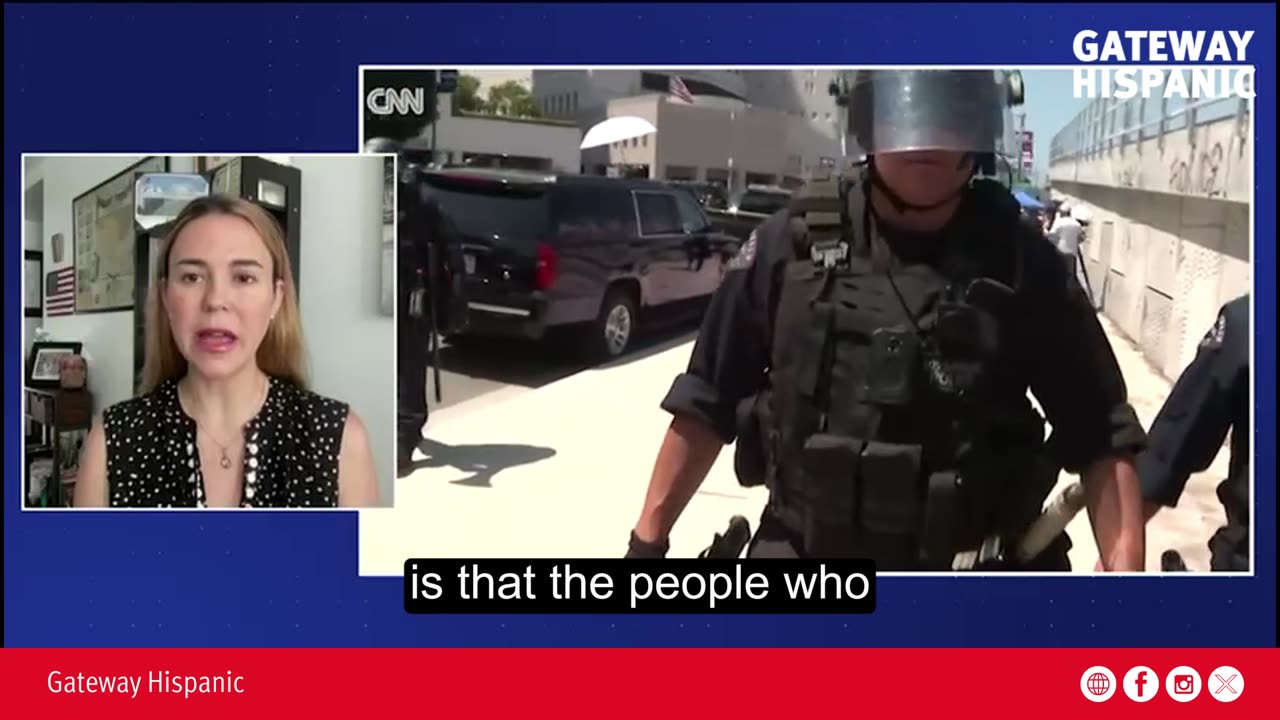
Violent Protests and Foreign Flags: Who’s Pulling the Strings?
The recent violent protests that have shaken California and other parts of the United States have sparked intense debate about the real background behind these disturbances. Beyond the visible chaos—looting, property damage, attacks on law enforcement, and clashes with federal agents—there is a fundamental question that is rarely addressed clearly: who is really behind these acts, and why are foreign flags, such as the Mexican or Palestinian flags, being waved so frequently during demonstrations on U.S. soil?
In a recent interview for the program Despierta San Diego, attorney and political analyst María Herrera Mellado offered a critical perspective that invites reflection on the motivations and actors operating in this complex scenario. Herrera Mellado emphasized that the use of foreign flags during violent protests in the United States does not bring any genuine benefits to Latino communities or any Hispanic community. On the contrary, it is counterproductive, as it helps distort the public image of these communities and fuels a mistaken and harmful narrative about who the true perpetrators of disorder and violence are.
What is concerning is that those carrying these flags are not always members or direct descendants of those communities. In many cases, they are U.S. citizens who, despite having no clear ties to the culture or causes these flags represent, use them as symbols to convey confusing and sometimes divisive political messages. This is neither a spontaneous nor innocent phenomenon, but a deliberate tactic to instrumentalize legitimate causes, such as social protest and dissatisfaction with the current administration, for ideological purposes that go far beyond the fight for basic civil rights.
The pattern of violence accompanying these demonstrations is also alarming and is repeated in various cities and states: more than 29 shopping centers in California have been targeted by looting and vandalism; police vehicles and media outlets, including those of Telemundo, have suffered significant damage. These actions far exceed the bounds of peaceful protest protected by the First Amendment. We are facing organized, planned, and coordinated attacks aimed at destabilizing public order and maintaining a constant narrative of confrontation and chaos.
In this context, the federal government’s response has been firm and necessary. The Trump administration has defended the deployment of the National Guard and military presence to protect federal buildings and properties, official vehicles, and the safety of citizens. This should not be interpreted as unjust repression of legitimate protests, but as a measure to contain acts that have clearly crossed legal and democratic limits, endangering public safety.
Another key point Herrera Mellado highlighted is that most of these riots are not spontaneous acts. There are clear indications that behind them are well-organized networks with resources, logistics, and a political agenda that transcends mere social grievance. The coordination of simultaneous attacks, the use of cultural symbols to fuel ethnic and social tensions, and the aggressiveness directed against federal agents are compelling evidence that there are actors seeking to further polarize American society and sow division.
This situation is especially harmful to the Hispanic community in the United States, which suffers doubly: on one hand, because the violence and vandalism tarnish the image of Latinos who strive to integrate and contribute to the country; and on the other, because a minority that does not represent the community uses its flag as a shield to legitimize criminal and chaotic behavior. Instead of advancing dialogue and recognition of just causes, negative stereotypes are reinforced, making coexistence and inclusion more difficult.
The debate goes beyond simple symbols or flags. It involves national identity, ideological manipulation, and the real risk that radical groups use human rights discourse to disguise destructive and destabilizing objectives. While some traditional media choose to downplay, hide, or distort reality, civil society must maintain a critical, informed, and active stance in defense of the rule of law and peaceful coexistence.
Now more than ever, this is not the time for naivety or indifference. It is essential to question official narratives and demand transparency to understand who is pulling the strings behind these violent protests. The United States must reaffirm the values that have defined it as a nation: respect for order, impartial justice, and genuine freedom, without ideological distortions. Protesting is a sacred right, but it must never become an excuse for anarchy or a tool to fracture society from within.
-
 LIVE
LIVE
Side Scrollers Podcast
2 hours agoDruski/White Face Controversy + Women “Experience Guilt” Gaming + More | Side Scrollers Live
459 watching -
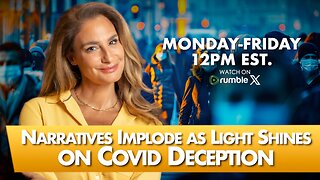 LIVE
LIVE
The Mel K Show
1 hour agoMORNINGS WITH MEL K - Narratives Implode as Light Shines on Covid Deception 9-3-25
667 watching -
 LIVE
LIVE
The Shannon Joy Show
56 minutes agoExclusive With Congressman Tom Massie: "The Epstein Files Are NOT A Hoax. There Are Real Victims"
240 watching -
 1:52:46
1:52:46
Steven Crowder
3 hours agoCongress Drops New Epstein Files and Trump Drops New Bombs on Venezuela Terrorists
194K118 -
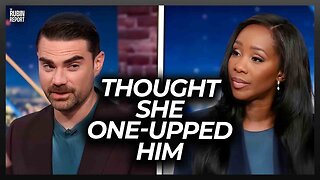 1:10:39
1:10:39
The Rubin Report
2 hours agoCNN Host Actually Thought She'd Outsmarted Shapiro, Until He Asked This
35.7K29 -
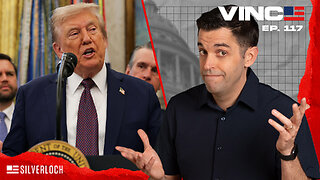 1:02:00
1:02:00
VINCE
4 hours agoThe Left's Demented Fantasies Shatter | Episode 117 - 09/03/25
166K89 -
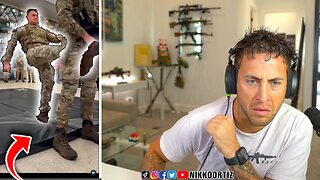 59:34
59:34
Nikko Ortiz
2 hours agoPainful Military Fails
15.8K -
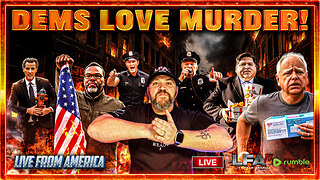 LIVE
LIVE
LFA TV
6 hours agoLFA TV ALL DAY STREAM - WEDNESDAY 9/3/25
4,213 watching -
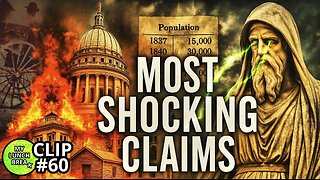 1:38:59
1:38:59
MYLUNCHBREAK CHANNEL PAGE
3 hours agoHistory’s Most SHOCKING Claims?
15.7K8 -
 1:36:43
1:36:43
Caleb Hammer
4 hours agoThe First LGBT Divorce On Financial Audit
15.4K